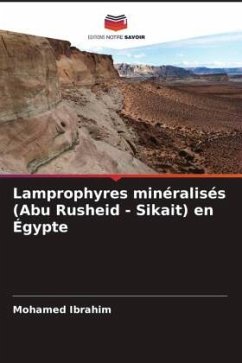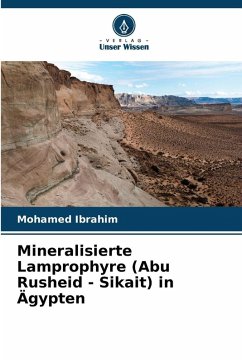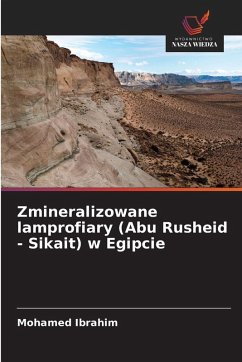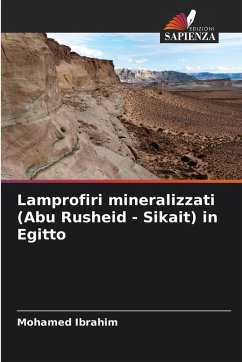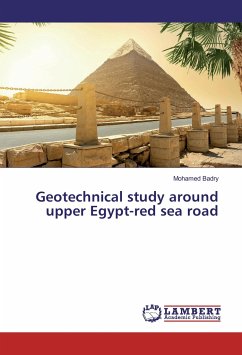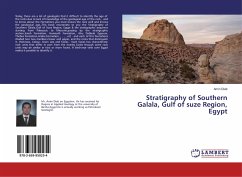
Mineralized Lamprophyres (Abu Rusheid -Sikait) in Egypt
Versandkostenfrei!
Versandfertig in 6-10 Tagen
24,99 €
inkl. MwSt.

PAYBACK Punkte
12 °P sammeln!
Lamprophyre dikes are characterized by common box works (physical trap) filled by incoming mineralization, and their feldspars and micas are relatively altered to clay minerals (chemical trap). Three stages are common: the first (high temperature stage) which is characterized by the formation of native Au and Ag associated with primary sulfide minerals such as pyrite, galena, cassiterite, litharge, and arsenopyrite. The second stage (at lower temperature) is characterized by the formation of secondary sulfate minerals. Third stage is related to calcification formed after the oxide (supergene a...
Lamprophyre dikes are characterized by common box works (physical trap) filled by incoming mineralization, and their feldspars and micas are relatively altered to clay minerals (chemical trap). Three stages are common: the first (high temperature stage) which is characterized by the formation of native Au and Ag associated with primary sulfide minerals such as pyrite, galena, cassiterite, litharge, and arsenopyrite. The second stage (at lower temperature) is characterized by the formation of secondary sulfate minerals. Third stage is related to calcification formed after the oxide (supergene alteration) and characterized by the formation of calcite and uranium minerals.



